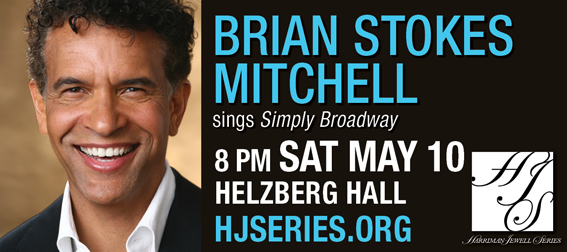TOMER AT THE BAT: Lyric Opera’s ‘Fledermaus’ director talks about opera, comedy and a life in the theater
By Paul Horsley
We tend to think of Die Fledermaus as a champagne-soaked romp filled with catchy tunes and the infectious dances for which Johann Strauss, Jr., is known. But the piece has a darker side. Dr. Falke is miffed, mightily miffed, at his friend Eisenstein for leaving him drunk on the public square—dressed in a dopey bat costume—for all the Sunday-morning crowds to mock. This is no small grudge: It has festered to immense proportions, and it gives way to a plot whose clock-like precision is matched only by its hilarity. Whether you consider Fledermaus an expression of pre-World War I Hapsburg decadence or a snapshot of what the bourgeoisie of any era does to break up the numbness of its existence, it remains one of the funniest and most surprisingly enjoyable operas in the rep.
The Lyric Opera of Kansas City has chosen Strauss’ 1874 masterpiece to close out its 56th season, and it has brought a seasoned director, Atlanta Opera general and artistic director Tomer Zvulun, to put it together. In his Lyric debut, 38-year-old Tomer hopes to bring freshness and his flair for “cinematic” direction to the piece, with which he has considerable experience. He has participated in productions at the Metropolitan Opera, Seattle, Dallas, Boston, Pittsburgh, Atlanta, Cleveland, Cincinnati, Juilliard, Buenos Aires, Dresden and Wolf Trap. He recently chatted with us about opera, theater, and his passions. “Whenever I’m dealing with comedy I’m the most happy,” he says, “I’m having the most fun.”
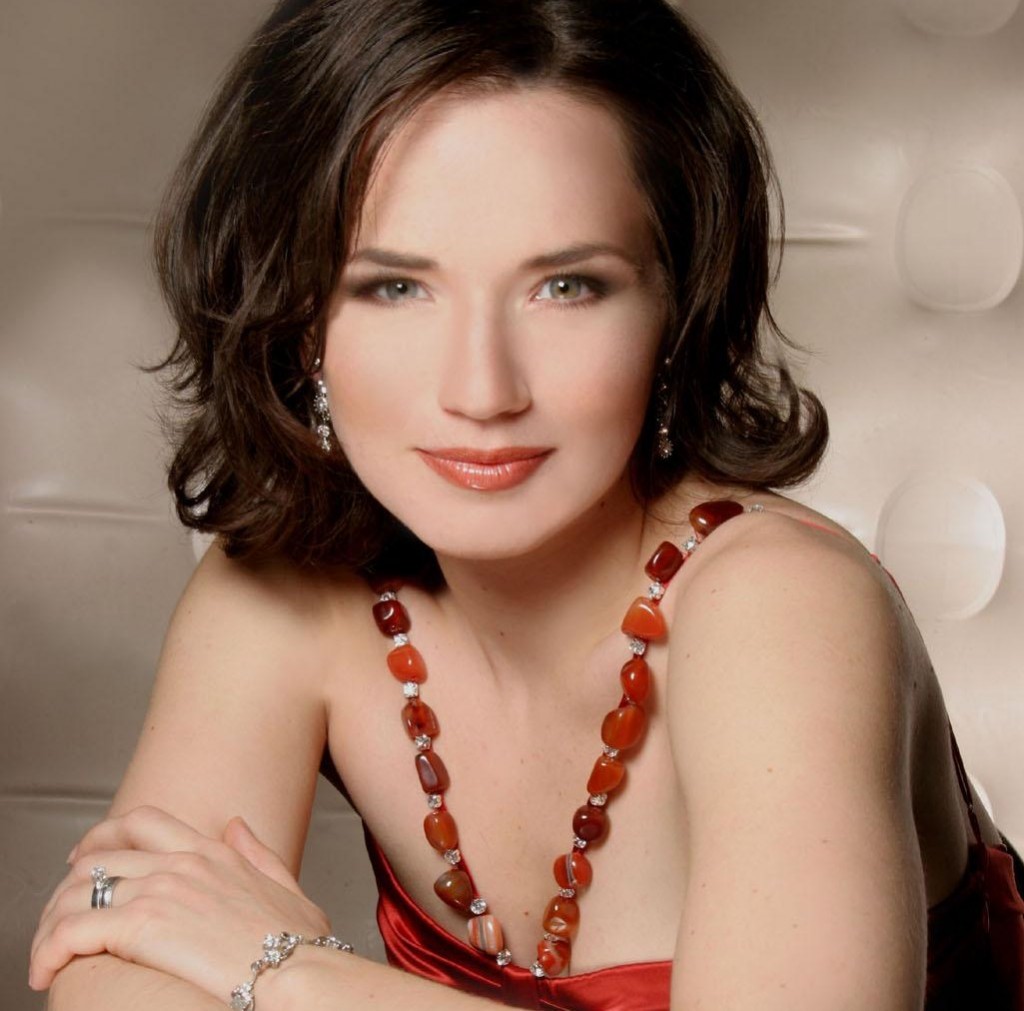
For this new production, designed by the Lyric’s own R. Keith Brumley, the company has assembled a remarkable international and local cast, including Kelly Kaduce (Rosalinde), Liam Bonner (Eisenstein), Paul LaRosa (Dr. Falke), Gordon Gietz (Alfred), Anna Christy (Adele), Joyce Castle (Orlofsky), Gary Neal Johnson (Frosch), John Stephens (Frank), Robert Gibby Brand (Ivan), Scott Wichael (Dr. Blind) and Samantha Gossard (Sally). Lyric Opera artistic director Ward Holmquist directs, and the choreography is by KC Ballet artistic director Devon Carney. It runs from April 26th through May 4th at the Kauffman Center. Call 816-471-4733 or see kcopera.org.
TOMER ZVULUN IN HIS OWN WORDS:
ON COMEDY, MASKS, AND SOCIAL CONVENTION
Comedy comes out of the situation. Comedy is not “Ha ha, now we’re going to make the audience laugh.” Comedy comes from making a situation that the audience can recognize and identify with. And the situation that they’re looking at (in Fledermaus), even from the very beginning, is a situation that every person in the audience will recognize—because they’re looking at a lot of people trapped in circumstances having to do conventions of society. A marriage that is, after a few years, getting a little tired and stale: Eisenstein and Rosalinde are sort of trapped in an unexciting marriage. A maid (Adele) who dreams of being a part of another world, a more exciting world. Falke, who is a good friend of Eisenstein but harbors bitterness about some past experiences they have had. … So I think this kind of entrapment in conventions of society—and everyone trying to be proper and correct within the conventions—is causing them to finding outlets that make them look ridiculous.
So Act 2 is that outlet, it’s that party where everybody gets to do what they want: You see them getting drunk, having random affairs, and being able to hide behind a mask at the big party at Prince Orlofsky’s. So why those people do that, is a part of the comedy—recognizing that, just like us, they are trapped in these conventions, in this world where all these “agreements” of society make it funny.
ON THE SETTING OF THIS FLEDERMAUS
We’re placing it in Vienna at the end of the 19th century, the twilight of the Austrian Hapsburg Empire. Well, not really the twilight, because there’s another few decades left, but this was kind of the peak of that society: with a very strong upper class—crystallized in Prince Orlofsky and his decadent world, born out of boredom—and the other parts of society as represented by (a) the maids and the servants and (2) the Eisensteins who are more like the nouveau riche.
Fledermaus is a universal, timeless comedy, and that’s why it’s still one of the most popular operas, or operettas, that are done. I don’t have to go into specific examples, but I can tell you: I live in Atlanta and I’m witnessing the same situations, with the same “upper-upper” class, the extremely, extremely wealthy, and then you have the society that is aspiring, the nouveau riche, the “upper middle” as you say. And I always find it amusing to watch those collide—well not collide, but have interactions.
But then you have this other class, which is the lower class, the people who are in the service area. This is something you can witness in Europe in our time, it’s something you can witness in America in our time. It’s not limited to 1874 Vienna, and I think this is why people respond to it, because it is a domestic comedy that is anchored in societal conventions … that are timeless and universal.
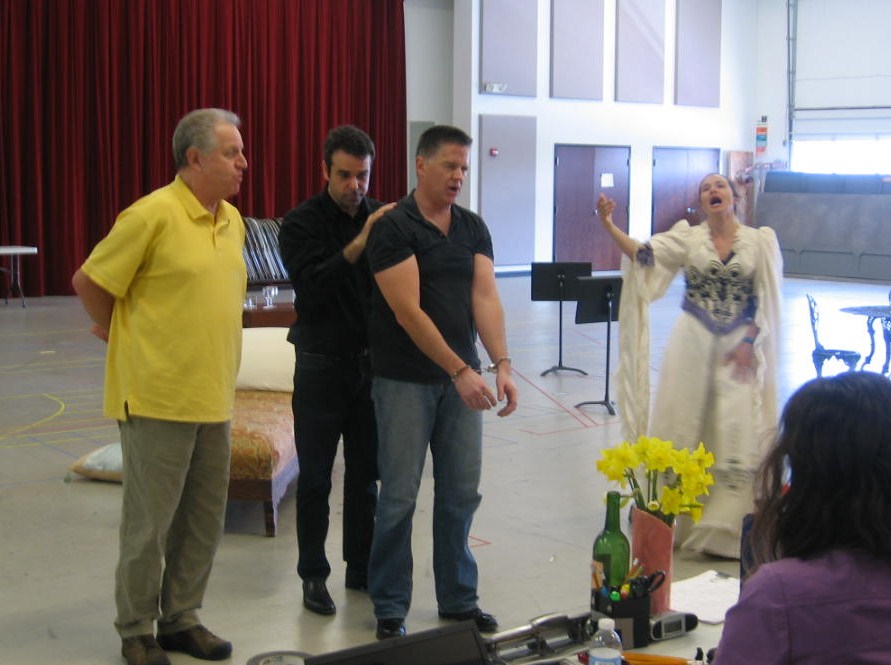
ON CASTING AND ‘SINGING ACTORS’
Fledermaus, more than most operas that I know, is dependent upon casting. As stage director I had some saying about who was cast, but the ultimate decision was up to the general director Deborah Sandler and the music director Ward Holmquist. And it’s obvious, from the cast they chose, that they realize Fledermaus will live or die on the casting. Because this piece—it’s wonderful, it’s frothy, it’s beautiful music—but it’s not the usual opera where you rely only on the singing. For this opera you really need people who are singing actors. I’ve done Fledermaus a few times before, and I think this has the potential to be the most successful … because all these people are superb singers who are absolutely superb actors—who understand drama, who understand timing, who understand comedy.
ON BRINGING DRAMATIC SUBTLETIES TO THE BIG STAGE
A lot has to do, first and foremost, with the delivery of the text. (Eisenstein and Falke’s opening conversation in Act I, for example) is very narrative-based, it really tells the whole story of what Fledermaus is about: the origin of this story, why we are here. And if they just speak the text, it’s going to totally go over our heads that there’s actually an old competition, an old feud, a bitterness that is going on with Falke. But the way that we stage it, the situation is very obvious from the way Falke delivers the text. When Eisenstein says “I was a butterfly,” Falke says, “and I was a bat!” That is, completely different from the light and fluffy butterfly. “I was a bat!” And Falke continues, “And you left me on the bench and all those old ladies laughed at me on a Sunday morning!” And Eisenstein says “I’ll never forget it” and Falke says, “Nor will I.” … Eisenstein says “What?” and Falke turns to him, with a smile this time, and repeats the same phrase: “Nor will I!” This is a scene where you need great actors to convey that subtlety—and you have to trust the audience to pick up on these things.
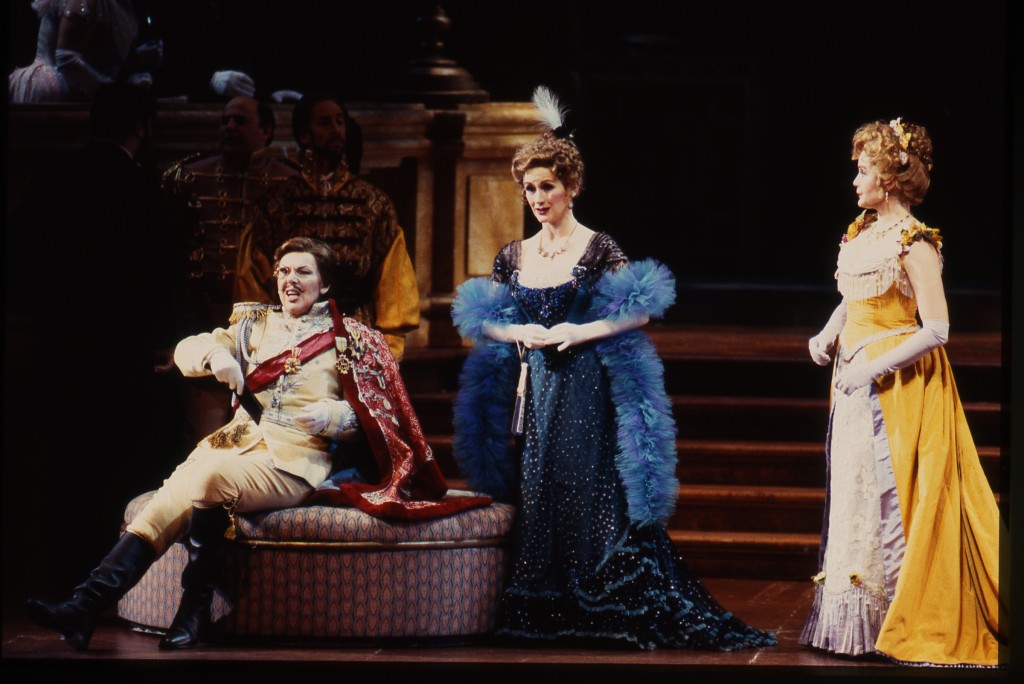
ON ADAPTING COMEDIES FOR MODERN AUDIENCES
I think with every production of Fledermaus we are free, I hope, to take the text and modify it to reflect upon changing times—and upon the location. I directed Fledermaus in Dallas in 2008, and what was funny in 2008 may have changed in 2014. And obviously what works in Texas may be different in Missouri. We have some wonderful local actors and singers who are able to bring more of a local flavor. It’s been slightly tweaked to include a few local jokes. Not a lot, just a couple. And I think that keeps the piece alive and current. Obviously I’m leading the effort, in terms of what will be said, and what is the action, but I’m very attuned to the collaborative effort, so that Maestro Holmquist and the cast have a lot of input in what we say and do, what we’re putting into it, how we’re bringing the story to life. One of the most exciting things about opera, one of reasons I’m a director, is that opera is one of the most collaborative art forms there is. It’s not a painting, it’s not creating a canvas. It’s a whole group of people, and when they’re interacting that’s when fun art is created. … But comedy is the most difficult thing, and until you do it in front of an audience you never know if you have a hit or not.
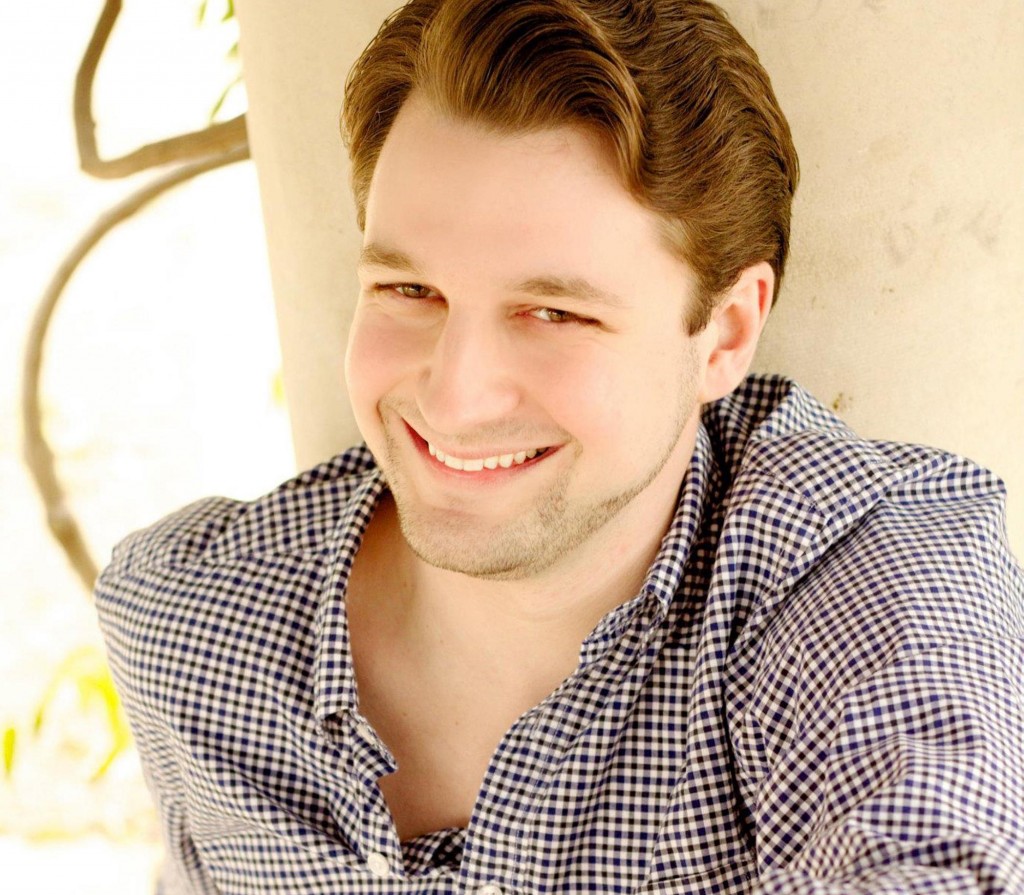
ON THE JOYS OF COMEDY
A lot of operas that I’m directing are tragedies: That’s the nature of a lot of Italian operas. … My most recent operas this season have been Tosca, Rigoletto, La Bohème, Don Giovanni and Lucretia Borgia. So those are kind of tragic and serious (though some of them have comedic moments, like Giovanni and parts of Bohème). But whenever I’m dealing with comedy I’m the most happy, I’m having the most fun.
ON OPERA AND OTHER YOUTHFUL ENTHUSIASMS
I come from cinema and theater, those have been my passions since I was a kid. I absolutely love movies and I love theater. But I also grew up on music, and when I discovered my first opera—it was Bergman’s film of Magic Flute—I was kind of blown away, because suddenly all those elements that I loved so much came together. And then when I was able to see my first opera, it blew my mind, the way all those elements—music, movement, dance, scenic design, visuals, lighting, special effects—how all of them came together. And those people, hundreds of people, from the musicians in the pit to the stage hands to the chorus to the principals to the wig and makeup—there’s an army that is working on every production and they all come together for one magical evening. And that’s live performance. So that’s why I’m drawn to it: I’m very passionate about it, and I couldn’t be happier to do what I’m doing.
To reach Paul Horsley, performing arts editor, send email to phorsley@sbcglobal.net or find him on Facebook (paul.horsley.501) or Twitter (@phorsleycritic). Also see tomerzvulun.com.
[slider_pro id=”2″]
[slider_pro id=”3″]
Features

Tyrone Aiken danced prodigiously as a youth, trained at The Ailey School as a young adult, worked as a professional dancer at the height of the New York dance ferment,…
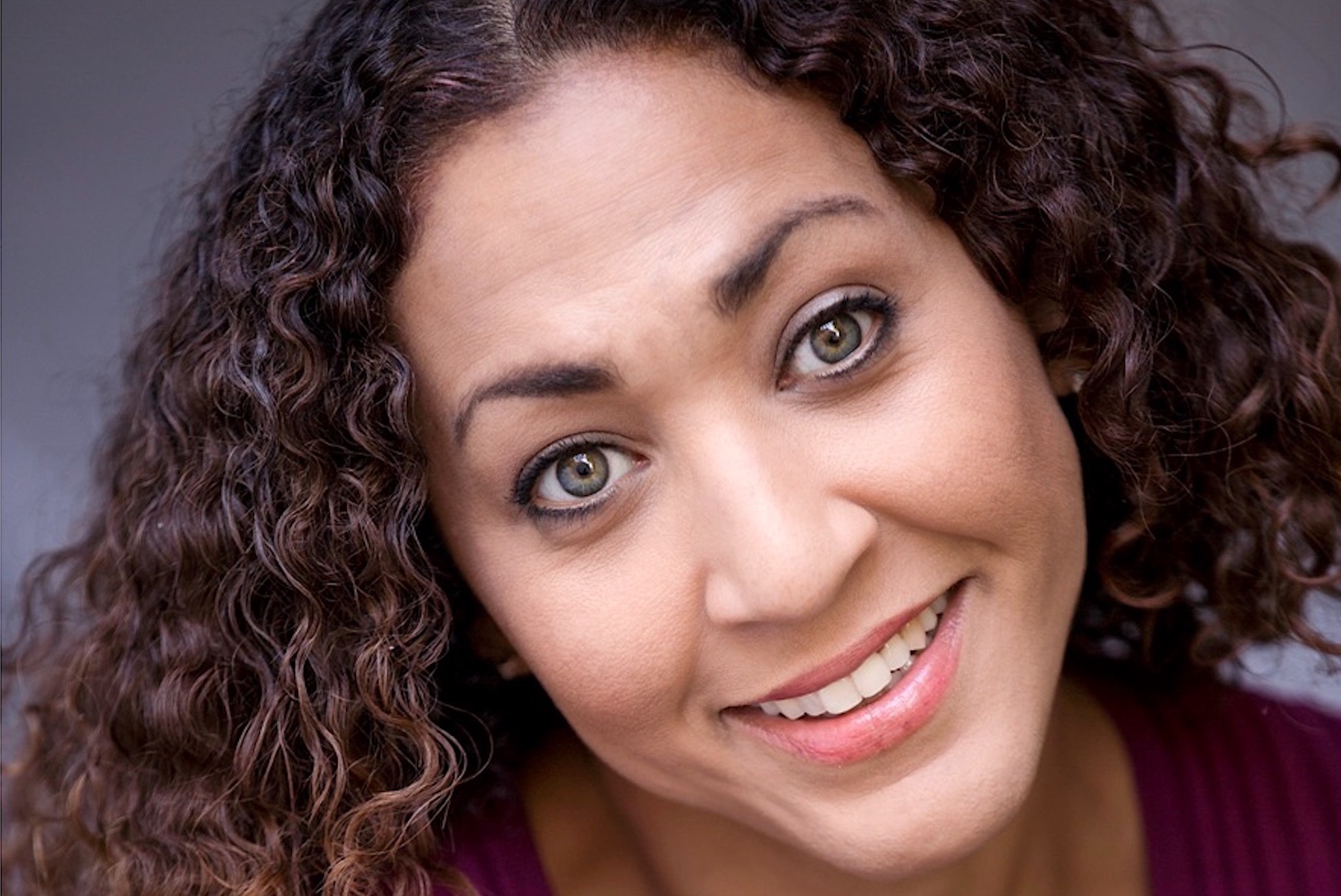
CAROLINE DAHM Dancer, choreographer, producer, master teacher, adjunct dance professor at The UMKC Conservatory, assistant director at Wylliams/Henry Contemporary Dance Company What I love about the Kansas City performing-arts scene: Kansas…
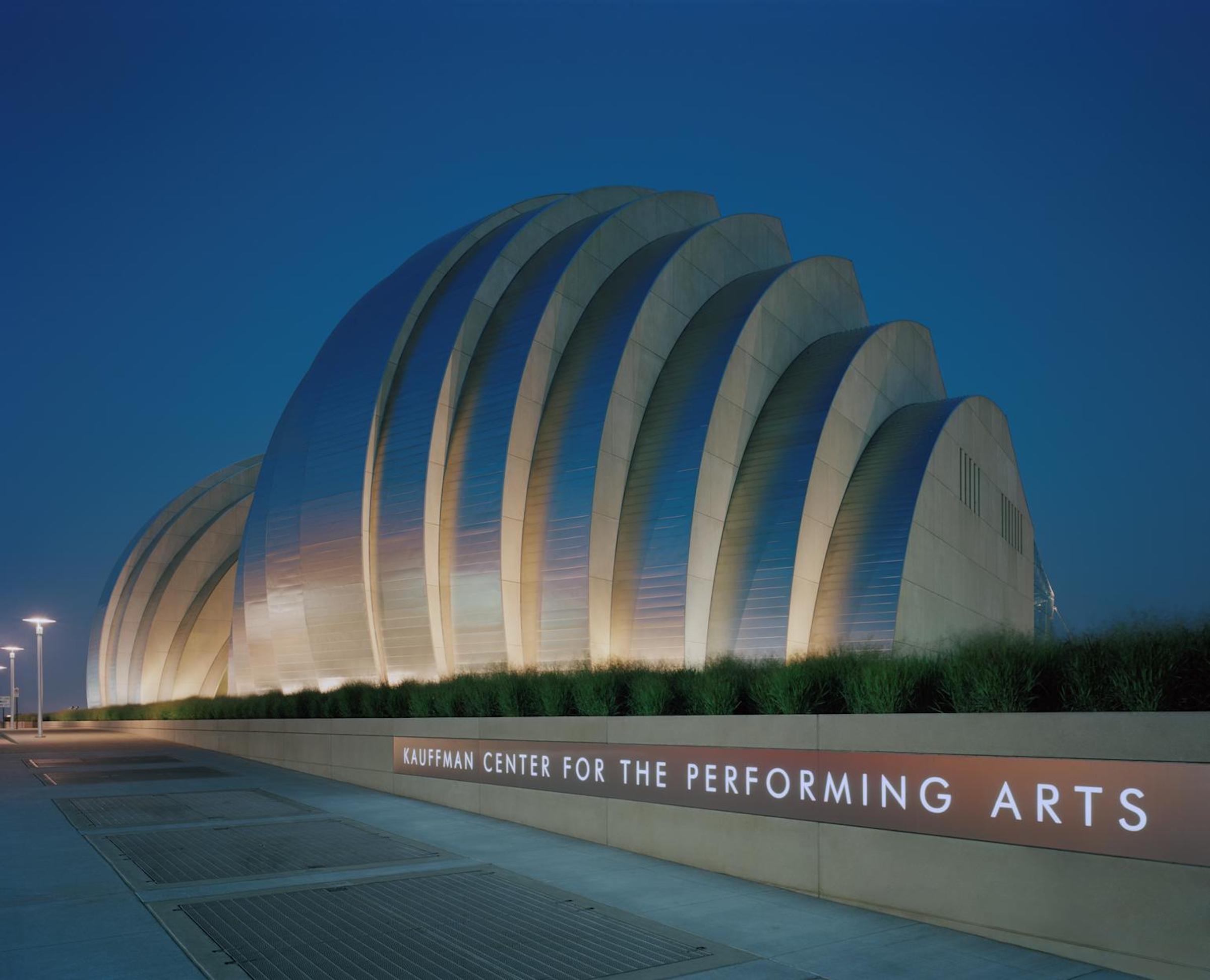
It’s difficult to remember what the Kansas City skyline looked like 20 years ago, before the Kauffman Center for the Performing Arts began to take shape at 16th and Broadway.…


